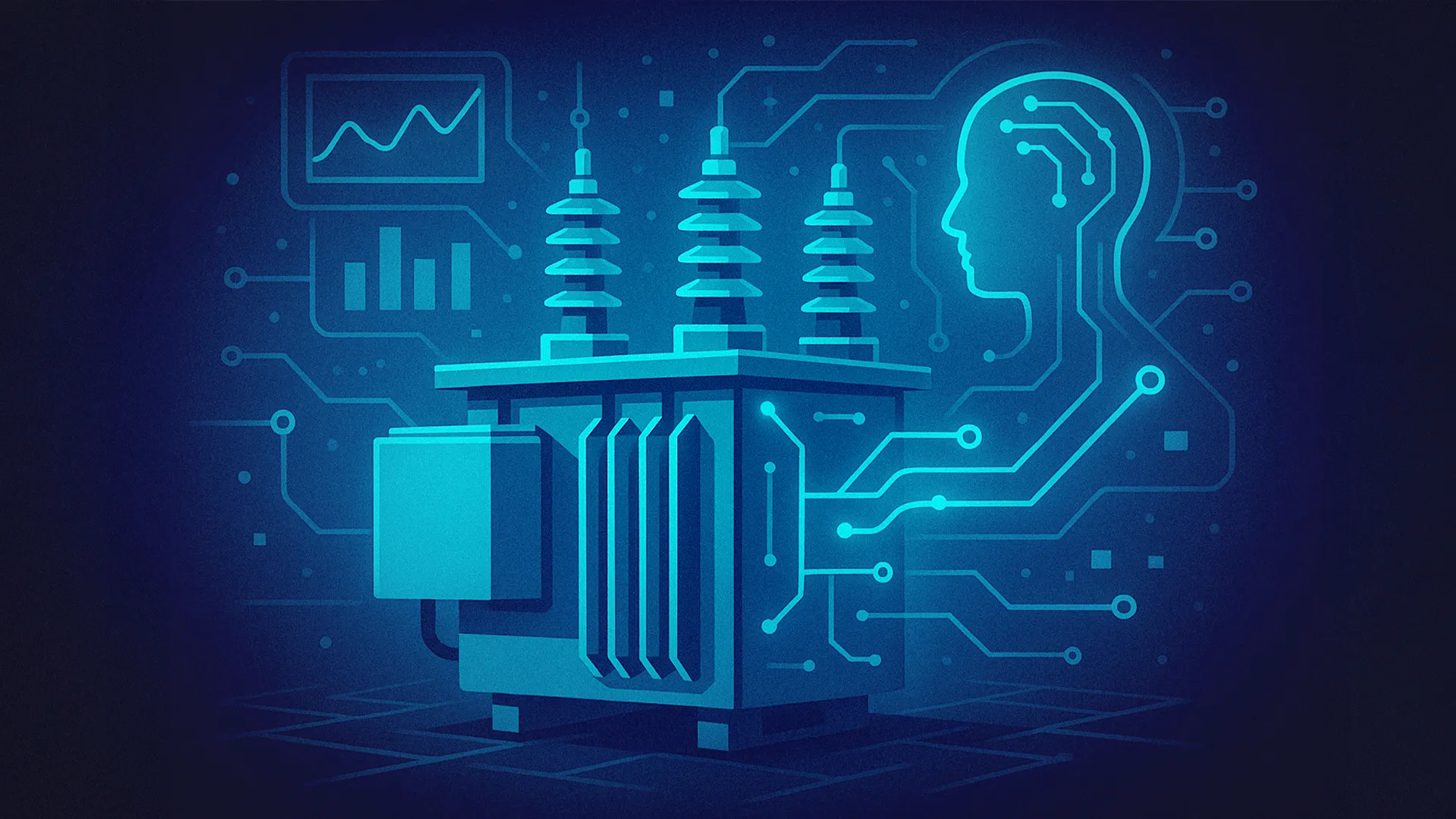Artificial intelligence is a key technology that is also increasingly finding its way into the energy sector. Roland Götz, Head of Innovation and Technology at Maschinenfabrik Reinhausen (MR), explains what contribution the Reinhausen group is already making and what opportunities arise for grid operators from comprehensive data collection and the use of AI.
Artificial intelligence is already helping doctors with diagnoses, cars can drive autonomously thanks to its support, and AI is even writing software autonomously. Will AI soon be controlling our power grids fully automatically?
Probably not, since we are still in the beginning. And in critical infrastructure in particular, it is still usually people who make the final decision. This is also the case in medicine. But Artificial intelligence will gradually play an ever greater role in mastering the increasing complexity of our networks. And it is already being used in many areas. At MR, we have been working with machine learning for 20 years. It all started with our dehydrating breathers. That was the first time we implemented self-learning algorithms for control. We have gradually completed our sensor portfolio and equipped our products with intelligent algorithms. In particular our solutions for evaluating operating resources are becoming increasingly comprehensive and precise thanks to AI. However, the potential is far from exhausted.
What is the greatest potential of AI solutions?
In view of the technological advances in computer and data processing, currently particularly in large language models, there seem to be no limits. In the near future, I see the greatest advantages in the status assessment of the various assets in the network and in network management. However, for AI to be able to exploit its advantages, it first needs a lot of data – without data, AI is worthless. Comprehensive data collection for transformers, circuit breakers and cables is therefore essential. To make this possible, we are working on reducing the costs of digitalization.

How would you like to reduce the costs of digitalization transformers?
Artificial intelligence helps us here too. At the moment, I can’t tell you too many details, but we are currently testing algorithms that draw conclusions from the measurement data of a few sensors and calculate values for other fictitious or digital sensors. The software compensates for the function of other sensors, so to speak, by intelligently combining the measurement data with historical data and evaluated models. This enables us to assess the condition of transformers cost-effectively and efficiently.
Regarding more efficient condition assessment: Can this already be realized today?
ETOS® is already established on the market at field level for monitoring and collecting data from transformers. With its Asset Intelligence function and our DGA interpretation, for example, we already offer data and model-based solutions for more efficient condition assessment including recommended actions for operators. That transformers themselves will soon be actively contacting asset managers for condition-based maintenance or necessary repairs is obvious. Messages will then come either from the operating system on the transformer – such as our ETOS® – or from a digital twin in an asset performance management system such as TESSA® APM.
Can AI also help to optimize grid management?
Definitely, that’s the future! We are already working on such a solution together with a partner. Real-time condition assessment of various transformer assets, circuit breakers and cables in combination with historical data and, for example, weather forecasts, offers immense potential. One example here is proactive transformer cooling in order to withstand upcoming power peaks or overloads with a minimized reduction in service life; and this is just the beginning. To some extent, this is already a reality, but in the future AI will play a much greater role in network management.
„We have been working with transformers and their components for several decades and know exactly what we are doing. This expertise is embedded in our algorithms.“
Roland Götz, Head of Innovation and Technology at MR
How can you ensure that AI is used safely in critical infrastructure?
Anyone who uses ChatGPT knows that answers can also be wrong because AI sometimes hallucinates a little. Although the results seem plausible, they are factually wrong. Of course, this must not happen with our AI solutions and models, which have to be one hundred percent reliable. To train our algorithms, we therefore only use data that we have collected and processed ourselves in field tests or that has been made available to us by network operators for these purposes.
Every step, from labeling the data to checking its plausibility and testing, is carried out by our own experts. We have been working with transformers and their components for several decades and know exactly what we are doing. This expertise is embedded in our algorithms. Because our products are used in critical infrastructure, they are also subject to the new EU AI Act which imposes particularly strict rules on the handling of data and the use of artificial intelligence in general. Of course, we completely comply with all known requirements of the EU AI Act.
What happens to customer data?
Quite simply: it stays with the customer. Neither MR nor third parties have access to customer data, either at the field level with ETOS® or in the Asset Performance Management System with TESSA®. To this end, we have implemented an ISMS information security management system based on ISO 27001 to ensure that data protection and IT security are guaranteed for our system solutions during development and, of course, later during operation. But of course we are always happy to receive data from real network operations because this makes our AI solutions even better which also provides benefits to our customers.
4 examples of how artificial intelligence can help energy suppliers
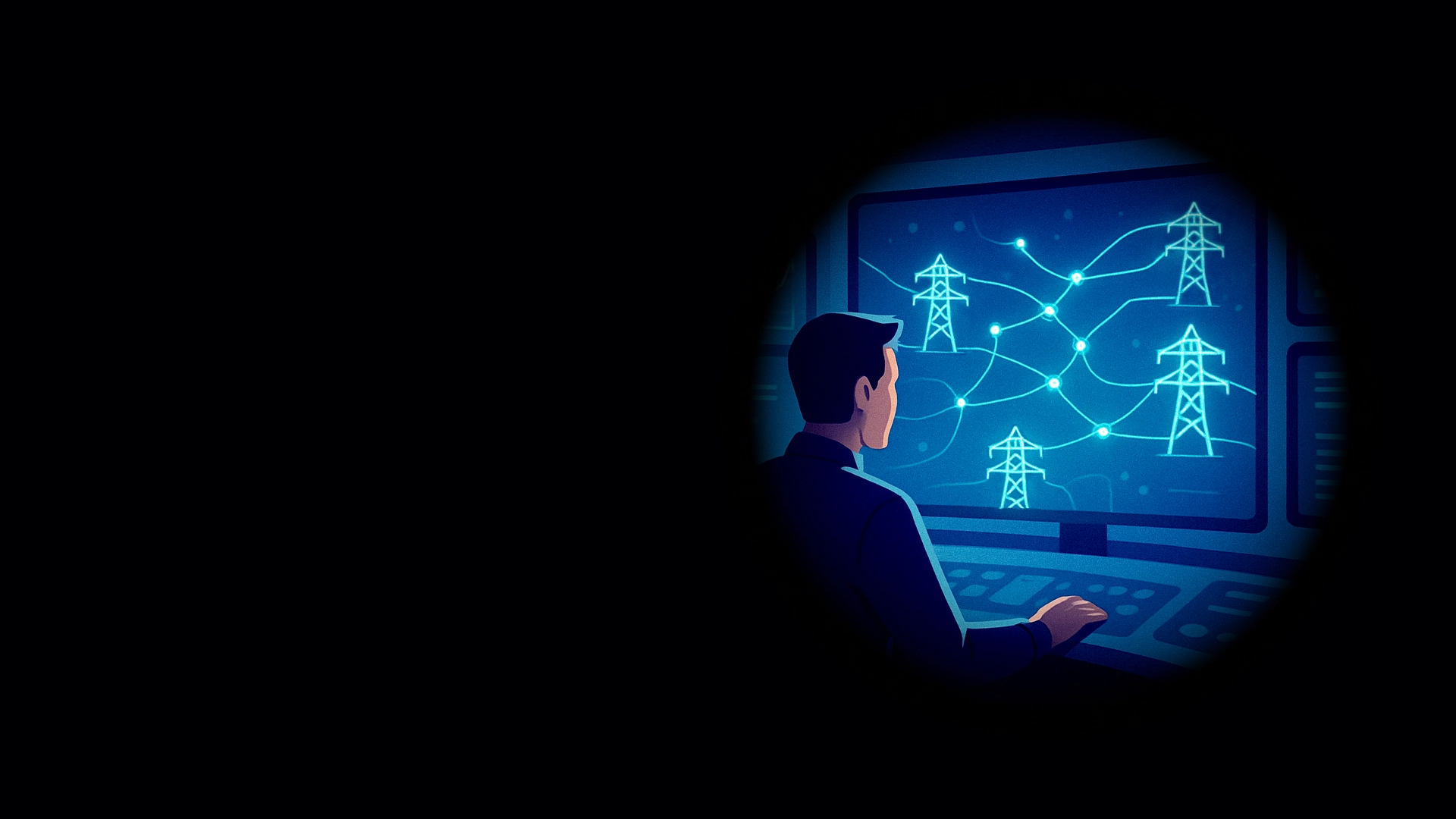



1. Optimized network management
The increasing complexity of grids is making control more and more difficult. AI can help to optimize and, in future, automate grid management by incorporating both forecast data and the status data of operating resources into the decision-making process.
2. Self-learing transformers
A transformer that optimizes itself? This may also be possible with AI-based systems. A transformer would then continuously analyze grid parameters and sensor data and combine them with historical data in order to proactively adjust its tap-changers to compensate for grid fluctuations in real time.
3. Predictive maintenance
Of course, it is best if no faults occur in the first place. To this end, AI-supported systems could independently analyze the sensor data for transformers and other operating equipment and automatically report when maintenance is required, even before a fault occurs. AI could also plan service calls independently and thus make better use of scarce human resources.
4. Fast error detection
Localizing network faults is often complex and time consuming, although rapid intervention is required in such cases to minimize supply interruptions. AI can help to analyze network disruptions in real time and automatically recommend actions to rectify them.
AI made by Reinhausen
The following products and solutions with AI technology are already available.
Intelligent breathers
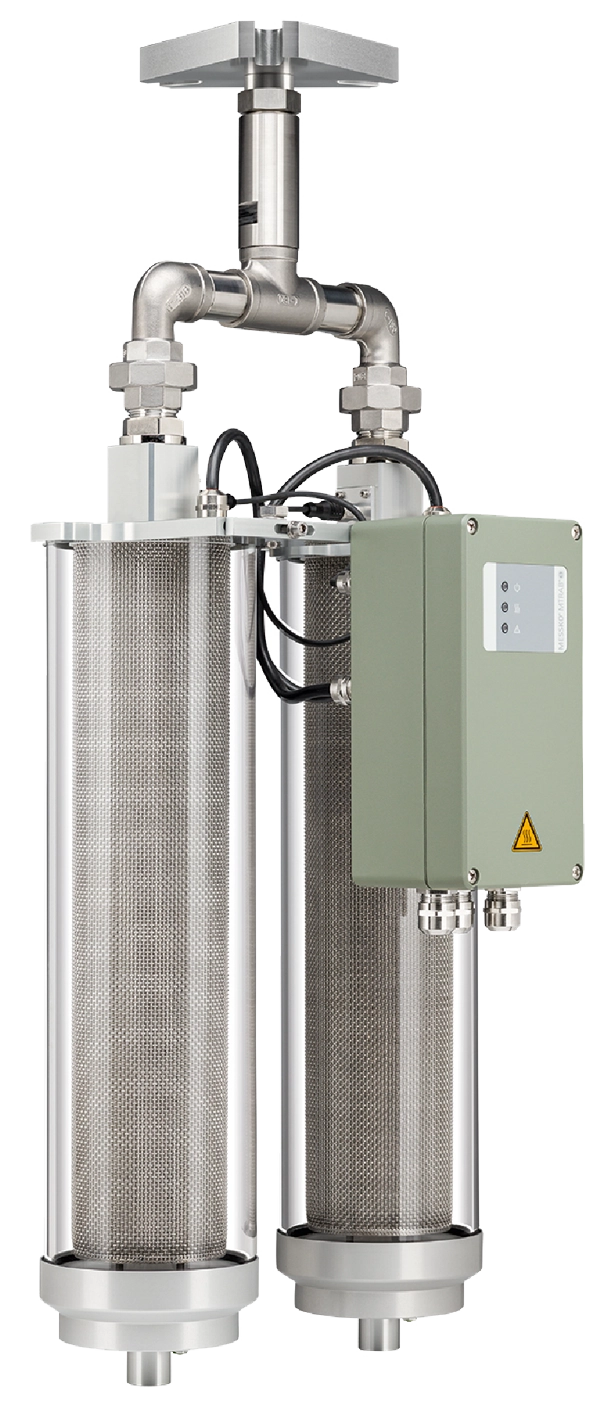
MESSKO® MTRAB® 2.5 dehydrating breathers continuously monitor moisture content, and a self-learning algorithm recognizes the breathing behavior of a transformer to ensure that regeneration only takes place during the exhalation phase, thereby ensuring that moisture is removed to the outside and no moisture gets into the insulating oil.
Smart stethoscope

MSENSE® VAM is a robust measurement system that analyzes the vibrations that occur during the switching process of an on-load tap-changer. These vibrations are then evaluated using a dynamic and self-learning limit value curve. MSENSE® VAM thus enables mechanical irregularities, time differences in the switching process or anomalies in the on-load tap-changer to be detected and reported.
Blood test for tap-changers
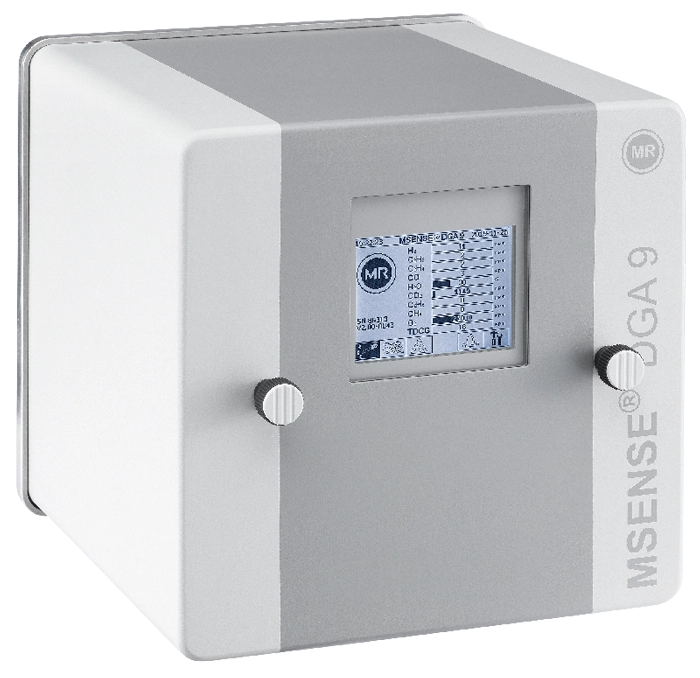
Unlike conventional, often inaccurate approaches to oil analysis based on gas ratios and limit values, the MR solution for on-load tap-changers uses mathematical-statistical algorithms. In addition to gas concentrations, metadata such as the type, age and operating frequency of the tap-changer are also taken into account. Combined with MR’s expert knowledge, the result is a reliable analysis of the insulating medium.
Blood test for transformers

Just as blood provides information about a person’s state of health, oil does the same for transformers. The online oil analysis devices in the MSENSE® DGA series continuously check for fault gases and moisture in the insulation medium. Using AI, a training data set is used to determine the correlation between the actual target value, the sensor signal and the fault. The advantages: The design of the measuring system is more cost-effective and less complex.
Warning system for flashovers

At what voltage does a flashover potentially occur in a transformer? The BDV indicator in ETOS® monitors the dielectric strength of the insulating oil and warns when intervention is required. The breakdown voltage is mainly influenced by the relative humidity in the oil and is calculated using an AI-based model approach. With the help of oil-specific parameters embedded in the software, the absolute humidity in ppm (mg/kg) can be calculated.
Virtual transformer doctor
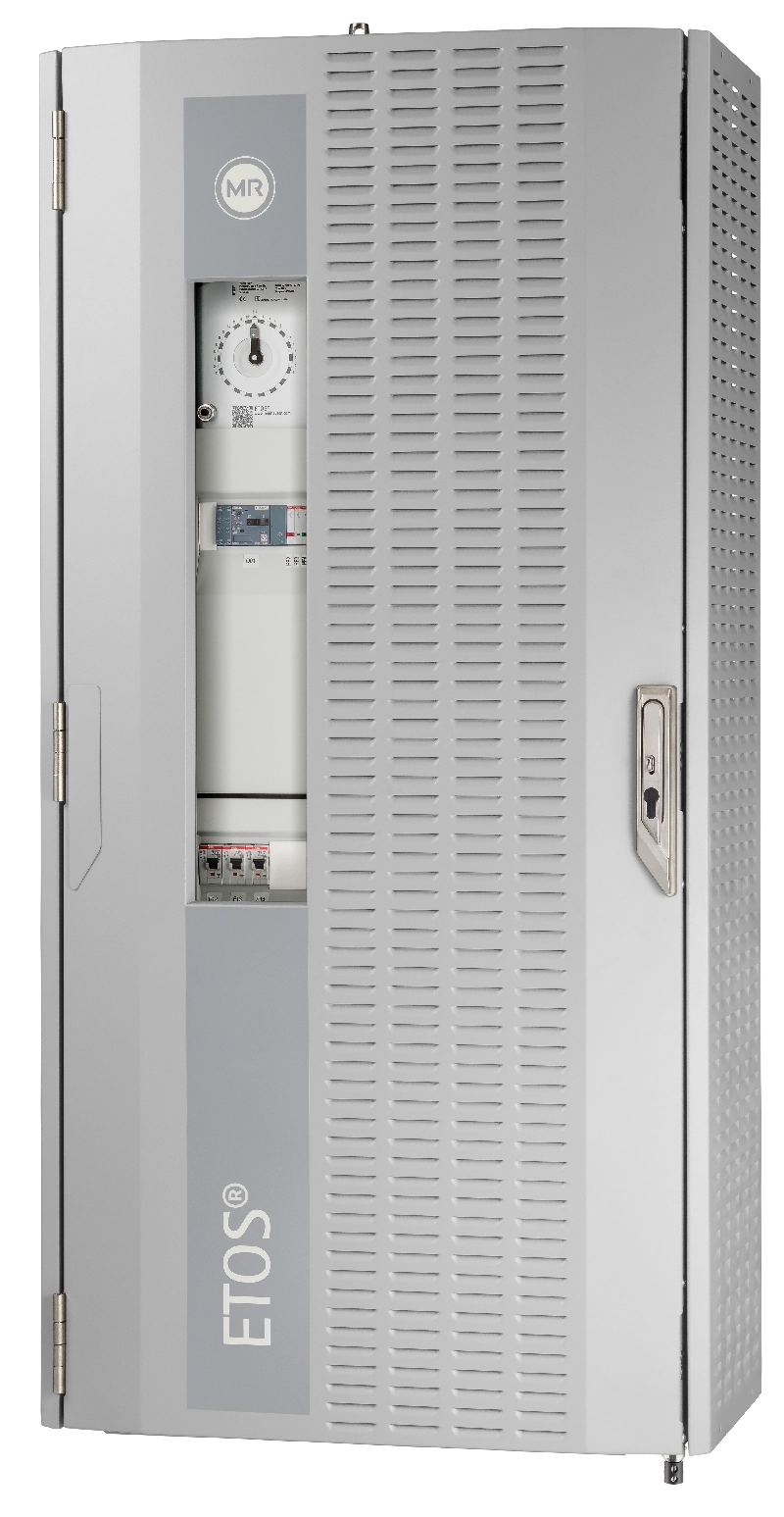
ETOS® Asset Intelligence analyzes all sensor data of a power transformer holistically. A Bayesian network then checks which error patterns best match the error patterns that have occurred and also not occurred. In addition, the a priori probabilities for typical transformer faults and the accuracy of the sensors are taken into account. The system then provides a probability estimate for all known transformer problems and supports specialists in making quick and clear diagnoses.
Intelligentes Flottenmanagement

The TESSA® APM asset management software supports the planning of maintenance measures and investments. It is based on online data from ETOS® as well as offline data, such as that collected during on-site inspections. The intelligent software evaluates the data, recognizes trends and makes recommendations for action. AI also helps in this regard.
Innovative cable monitoring

Intelligent algorithms are also used in HiMON® — a modular measurement and condition assessment system that the Reinhausen subsidiary HIGHVOLT has developed for rapid localization of cable breakdowns and detection of partial discharges.
Smart production
Reinhausen is increasingly relying on AI not only in the products themselves, but also in its production processes where it is used as a tool to optimize production processes and shorten delivery times.
YOUR CONTACT PERSON
Do you habe any questions about artificial intelligence at Reinhausen?
Roland Götz is here for you:
R.Goetz@reinhausen.com
